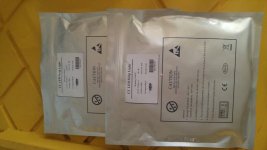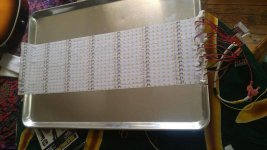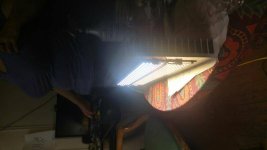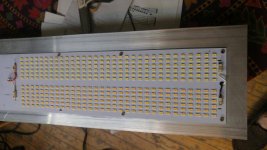What brands are out there and what do you guys think of them?
I am currently ready to ditch my old T5's and go LED like I will be doing soon for flowering.
These look nice but a little more pricey.
https://growershouse.com/nextlight-veg8-led-grow-light
Very tempted to go with these but is the price too good be true?
https://growershouse.com/agroled-sun-48-led-6500k
What brands have you guys found that you would consider or have experience with? I need to clone and veg under these to about 24 inches (mainly for moms most vegging will be done under my big leds). Other options I have found are just ridiculously expensive and not worth it at all yet. Over 500 for a veg light might as well be buying a fuckin flowering light and sticking with T5.
I am currently ready to ditch my old T5's and go LED like I will be doing soon for flowering.
These look nice but a little more pricey.
https://growershouse.com/nextlight-veg8-led-grow-light
Very tempted to go with these but is the price too good be true?
https://growershouse.com/agroled-sun-48-led-6500k
What brands have you guys found that you would consider or have experience with? I need to clone and veg under these to about 24 inches (mainly for moms most vegging will be done under my big leds). Other options I have found are just ridiculously expensive and not worth it at all yet. Over 500 for a veg light might as well be buying a fuckin flowering light and sticking with T5.


 lol
lol




